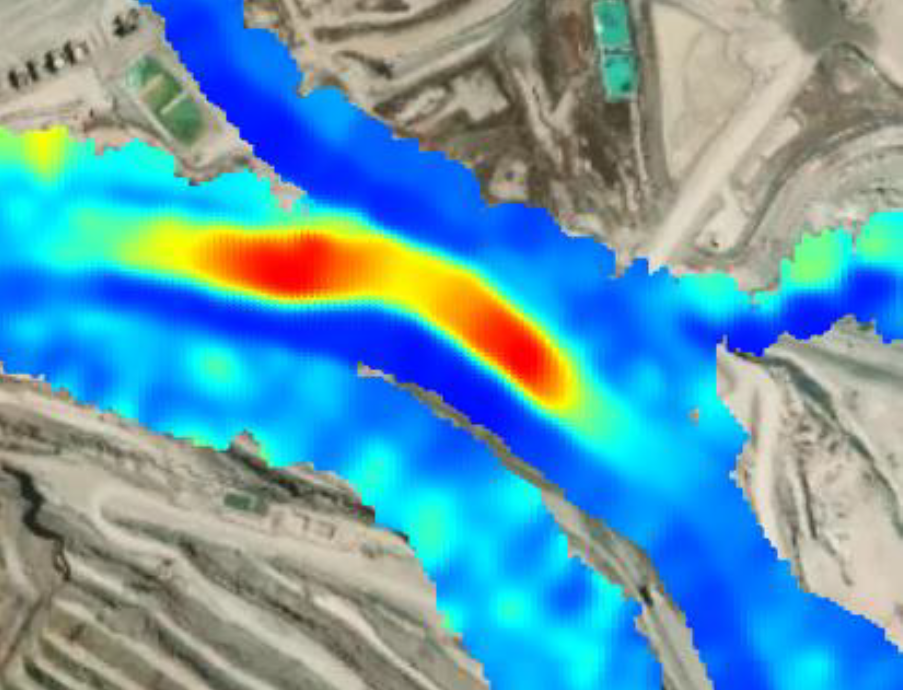
The Supreme Court of Canada recently issued a decision that was boring. That’s great news, and a bit unexpected. A five-to-two majority held much of the federal Impact Assessment Act (IAA) to be unconstitutional. That’s boring because it’s straightforward and correct. The Court did its job and stuck to its knitting. It applied the words of the Constitution and the established legal test. It did not creatively reimagine the Constitution, invoke the “living tree,” make policy or conjure an existential threat. At the country’s highest court, boring is good.
But don’t expect the Trudeau government to accept “no” for an answer. It enacted the IAA in 2019. Then known as Bill C-69, it replaced the 2012 Canadian Environmental Assessment Act (CEAA). Like the CEAA, the IAA established bureaucratic hoops for resource and infrastructure projects to jump through and reserved the final say on project approvals to politicians. But the IAA was also different. Unlike the CEAA, which was designed to streamline, the IAA was built to obstruct. It expanded the matters to be assessed including effects on “gender” and climate change. Projects that fell under provincial jurisdiction such as oilsands projects and intraprovincial pipelines could be caught in its web. Former Alberta premier Jason Kenney called it the “No More Pipelines” Bill. On October 13, 2023, after the Supreme Court’s decision was released, Alberta Premier Danielle Smith called it the “Don’t Build Anything, Anywhere, Anytime Act.”
The Alberta government challenged the IAA’s constitutionality. At the Alberta Court of Appeal, a majority concluded that the Act constituted “a breathtaking pre-emption of provincial legislative authority.” But that was no guarantee the Supreme Court would agree. Instead, the IAA case threatened to become the carbon tax reference all over again. Alberta had challenged that, too, and the Alberta court found it to be unconstitutional. The following year, a majority at the Supreme Court overturned that conclusion. The Supremes instead declared climate change to be an existential threat and held the carbon tax to be a permissible exercise of the federal government’s residual “Peace, Order, and good Government” power under section 91 of the Constitution Act 1867.
So again, the Supreme Court’s boring decision on the IAA is a pleasant surprise. The IAA, the court found, is essentially two regimes in one. The first, wrote Chief Justice Richard Wagner for the majority, assesses projects on federal lands or executed by federal authorities. That part of the Act is constitutional.
The second part assesses “designated projects,” which can include projects within provincial jurisdiction. The feds argued that such projects could produce environmental effects significant enough to amount to national concerns. Oilsands projects, for instance, produce carbon emissions, and carbon emissions traverse provincial boundaries. Therefore, the feds would insist, they can assess and thereby prevent oilsands projects from proceeding.
This second part of the statutory scheme, Wagner concluded, was overbroad and beyond the powers of the federal government. The Act listed a plethora of factors to be considered but did not define how those factors were to determine the decision. The scheme was therefore not focused on regulating federal impacts. “The risk is that projects with little or no potential for adverse federal effects will nonetheless be required to undergo an impact assessment,” Wagner wrote, “[The Act] grants the decision maker a practically untrammelled power to regulate projects qua projects, regardless of whether Parliament has jurisdiction to regulate a given physical activity in its entirety.”
Environmental protection is one of the country’s most pressing challenges, the majority observed. Unlike in the carbon tax case, however, it said that Parliament has the duty “to act within the enduring division of powers framework laid out in the Constitution.” That’s the way federalism is supposed to work. It is elementary legal analysis. Boringly sound.
The IAA challenge was a reference case—that means the Alberta government asked for the court’s opinion, which is merely “advisory.” The Supreme Court could not and did not actually strike down the offending portion of the statute. The federal government says it will follow the guidance of the Court. But by that, they do not mean they will abandon their ambitions of regulating provincial projects. Environment Minister Steven Guilbeault and Justice Minister Arif Virani, in a joint statement, said they were “heartened” the Court affirmed the federal government’s role in environmental protection. They promised to “continue to build on 50 years of federal leadership in impact assessments” and would “work quicky to improve the legislation through Parliament.” Translation: we’re determined to prevent resource development, we insist upon regulating provincial projects; if we need to amend the Act, so be it.
With any luck, they will not have time to complete that task before the next election.
Author:
Professor of Law, Queen’s University
Share This:




